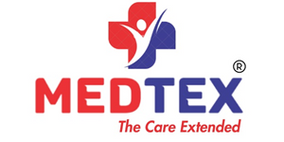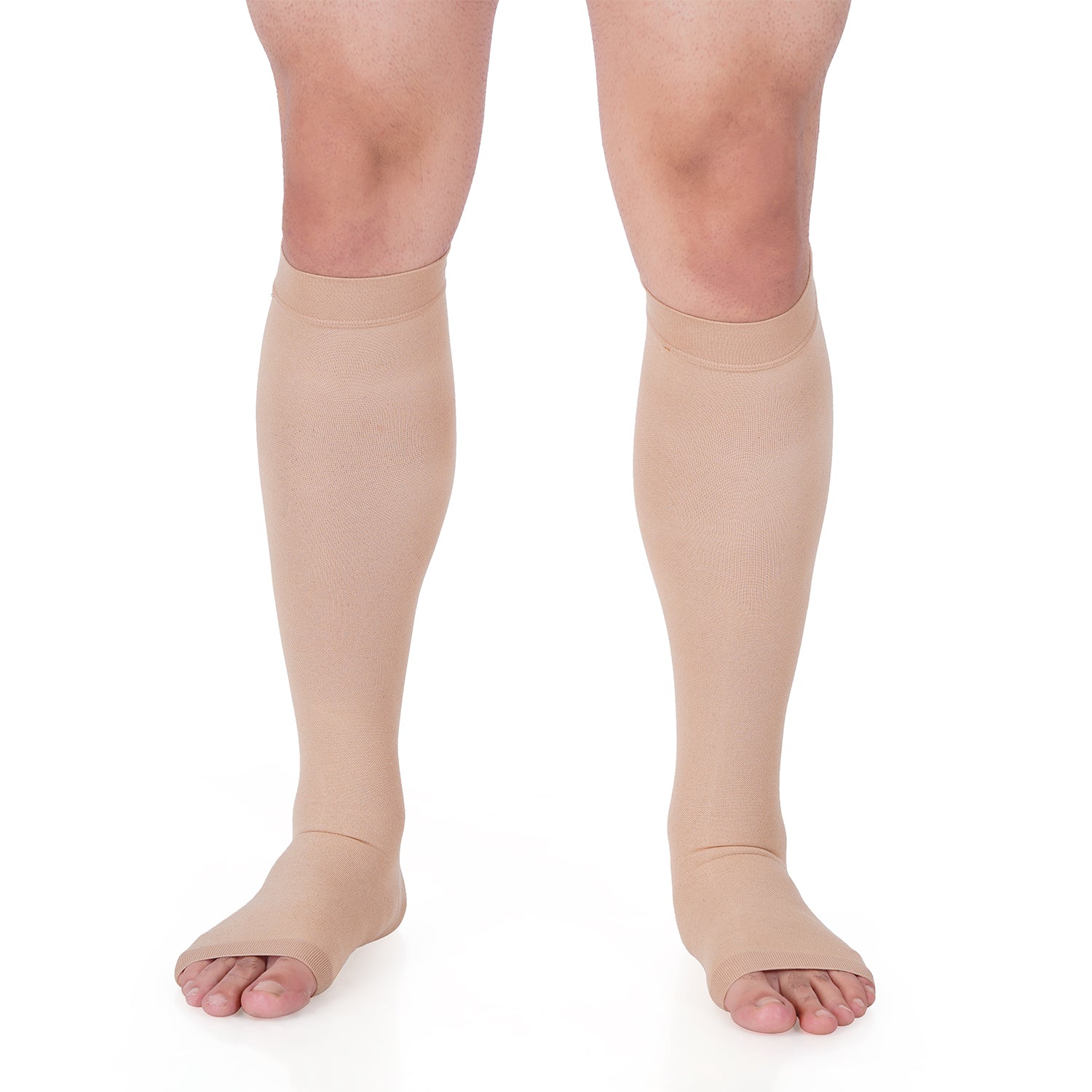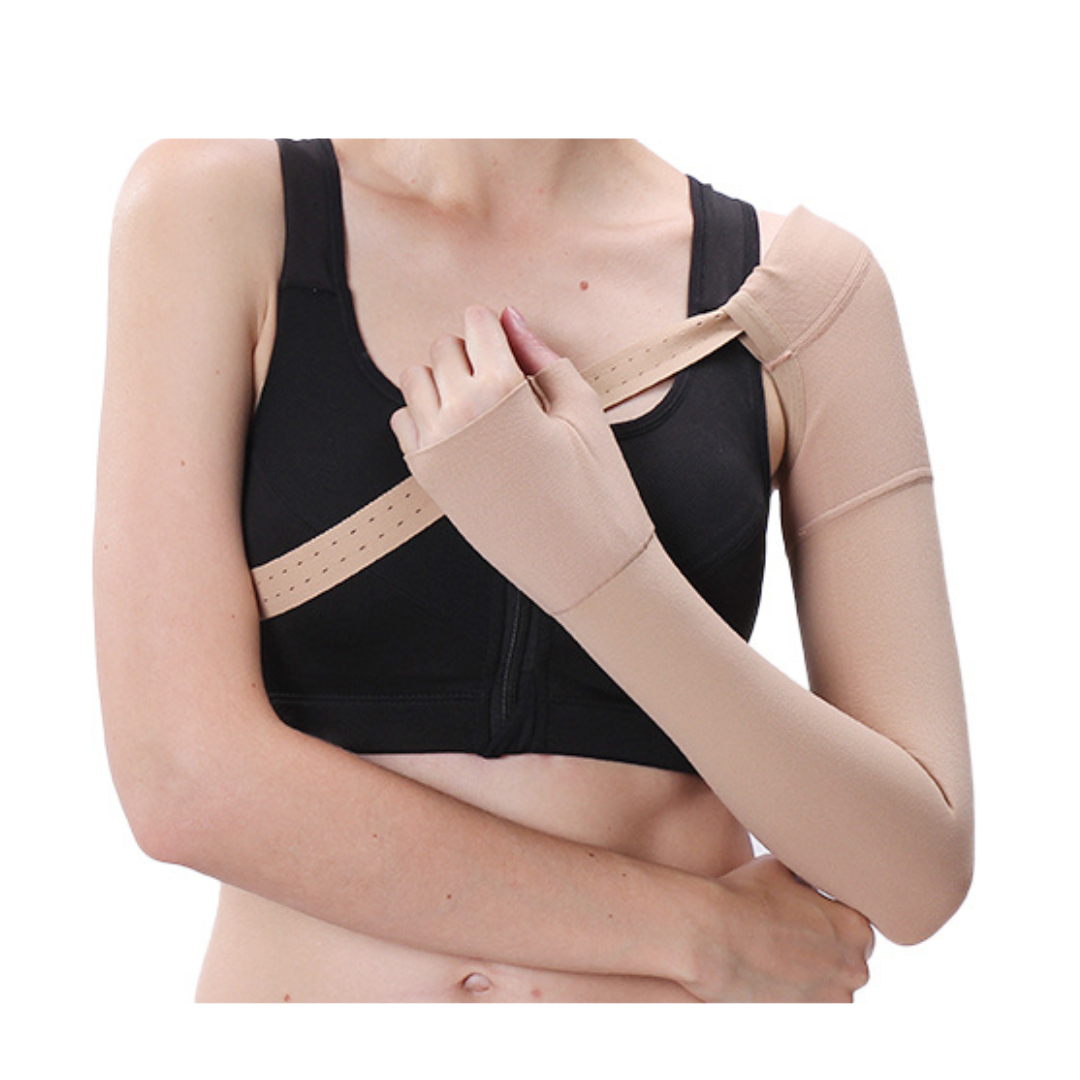DVT Prevalence in Young People in India: Data, Prevention, Management & Role of Medtex DVT Anti-Embolism Stockings
Introduction
Deep Vein Thrombosis (DVT) is often viewed as a condition affecting the elderly or post-surgical patients. However, a growing body of evidence shows that DVT is alarmingly on the rise among young individuals in India, especially due to lifestyle changes, sedentary work culture, and genetic predispositions.
In this blog, we explore the prevalence of DVT among Indian youth, effective preventive strategies, management protocols, and how Medtex DVT Anti-Embolism Stockings can play a vital role in reducing the risk and supporting recovery.
What is Deep Vein Thrombosis (DVT)?
DVT is a medical condition where blood clots form in deep veins, typically in the legs. If untreated, these clots can break loose and cause pulmonary embolism (PE), which can be life-threatening.
DVT in Young Indians: Alarming Trends
📊 Prevalence Data & Insights:
-
According to a 2023 multicentric study published in the Indian Journal of Vascular and Endovascular Surgery, 15-20% of DVT cases are now being reported in individuals under the age of 40.
-
A study conducted at AIIMS, New Delhi, highlighted that prolonged sedentary behaviour and long travel hours (e.g., IT professionals) are among the top contributors to venous thromboembolism in young adults.
-
An increase in obesity, smoking, oral contraceptive use, and genetic thrombophilia are also strongly linked to the rising trend.

Why Are Young Indians at Higher Risk?
⚠️ Key Risk Factors Include:
-
Prolonged sitting (desk jobs, gaming, travel)
-
Dehydration and poor hydration habits
-
High BMI and obesity
-
Smoking and alcohol abuse
-
Use of hormonal contraceptives
-
Lack of physical exercise
-
Undiagnosed genetic factors
Prevention: How to Reduce Your Risk of DVT
✅ Lifestyle Changes
-
Stay physically active – walk, stretch, or do leg exercises every 1-2 hours.
-
Maintain a healthy weight and diet low in saturated fats.
-
Stay hydrated – dehydration increases blood viscosity.
-
Avoid smoking and limit alcohol intake.
- Wearing compression socks will help to prevent DVT risk.
✅ Medical Awareness
-
Know your family history of blood disorders.
-
Get screened for clotting disorders if you’re at risk.
-
Be cautious during long travel – keep legs moving and wear compression wear if needed.
Management of DVT: Treatment Protocols
When diagnosed early, DVT is treatable. Common treatments include:
-
Anticoagulant medication (blood thinners)
-
Compression therapy – wearing anti-embolism stockings
-
Leg elevation to reduce swelling
-
In some cases, interventional procedures like thrombolysis
🎯 Important Note:
Management also includes preventing recurrence, which is where compression therapy with medical-grade stockings becomes essential.
How Medtex DVT Anti-Embolism Stockings Help
👣 What Are Medtex DVT Stockings?
Medtex DVT Anti-Embolism Stockings are graduated compression stockings specifically designed to:
-
Improve blood circulation
-
Reduce the risk of clot formation
-
Support recovery post-surgery or after a DVT event
🔍 Features:
-
Medical-grade compression (as per physician recommendation)
-
Breathable, skin-friendly fabric
-
Available in multiple sizes for precise fit
-
Easy to wear for long durations – ideal for travel, desk jobs, and post-op use
Final Thoughts
DVT is no longer a condition reserved for the elderly or the immobile. In India, the growing prevalence of DVT among young individuals is a silent but serious threat. Prevention is key – and awareness, lifestyle change, and the right medical aids can make all the difference.
Medtex DVT Anti-Embolism Stockings are not just a product – they’re a proactive health tool for those who want to safeguard their future. Whether you’re a frequent traveller, a working professional, or recovering from surgery, Medtex can help you stay one step ahead of DVT.












